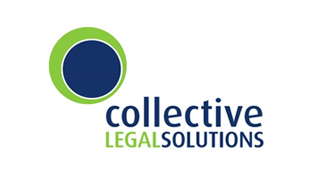What’s new in savings for older people?
Here’s a round up of the latest developments in savings options
Premium bonds – The cap on investments in Premium Bonds was lifted for the first time since 2003, from £30,000 per person to £40,000, and will rise again in 2015/16 to £50,000. National Savings and Investments (NS&I) will also offer two £1 million prizes per month, rather than one, from August 2014.
Wins on premium bonds are tax free.
NISAs – ISAs were reformed into a simpler product, the ‘New ISA’ (NISA), with an overall limit of £15,000 per year, also abolishing the rule that only half can be saved in cash. The limits for Junior ISAs and Child Trust Funds increased from £3,720 to £4,000.
NISAs are tax free but you will notice a 10% dividend tax on stocks and shares NISAs. This tax isn’t refundable.
New NS&I Products for people aged 65 or over – NS&I will launch a choice of two fixed-rate, market-leading savings bonds. Whilst the exact details of the bonds will be finalised in the autumn, the government’s current assumption is that NS&I will offer products which would pay rates of 2.8% gross/annual equivalent rate (AER) on a one year bond and 4.0% gross/AER on a three year bond under current market conditions, with an investment limit of £10,000 per product.
These will be taxed in line with all other savings income but beware, some NS&I products pay their interest before tax is taken off and some after.
From April 2015;
The new 0% savings rate of tax on savings income – For low income savers the 10% rate of tax on savings income is being replaced with a new 0% rate. The amount of savings income that can benefit from the new rate is also being increased to £5,000. This will ensure that lower earners don’t pay tax on their savings income.
To see if the rate applies to you, add up your total income (things like wages, pensions, taxable benefits and savings income). If it is less than your personal allowance (see below), plus £5,000, you will be eligible to register for tax-free savings with your bank or building society. This is done by completing form R85 which instructs them to pay you your interest without tax being taken off. Don’t sign an R85 if your total income is above the limit because you will end up owing tax.
Under the new rules a 67 year old (2015/16) with a pension income of £15,000 and savings income of £400 won’t pay any tax on their savings income; however if the pension income is slightly higher at £15,200 they would pay nothing on the first £300 of savings income and 20% on the last £100, and if slightly higher again at £15,500, they will pay 20% on all of their savings income. Please note an R85 can only be signed in the first example.
From April 2015, the basic tax-free personal allowance will be £10,500 (£10,660 if you were born before 6/4/1938).
While checking the new rates it might be worth looking back to make sure you haven’t missed out on the old 10% rate. If you have, you can ask HMRC to repay any overpaid tax going back to the 2010/11 tax year.
This article is by Tax Help for Older People (operated by registered charity no 1102276), offering free tax advice to older people on lower incomes. The Helpline number is 0845 601 3321 or 01308 488066.











